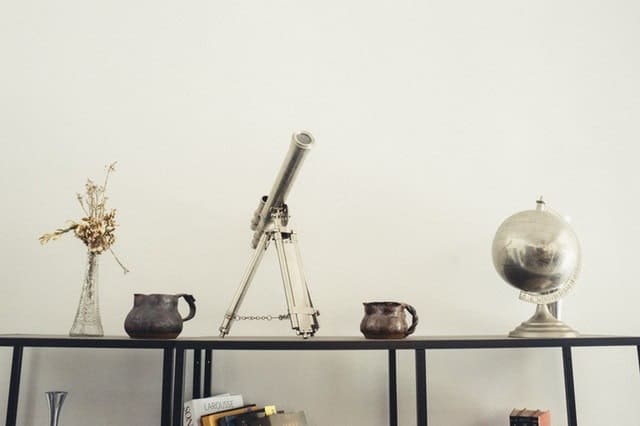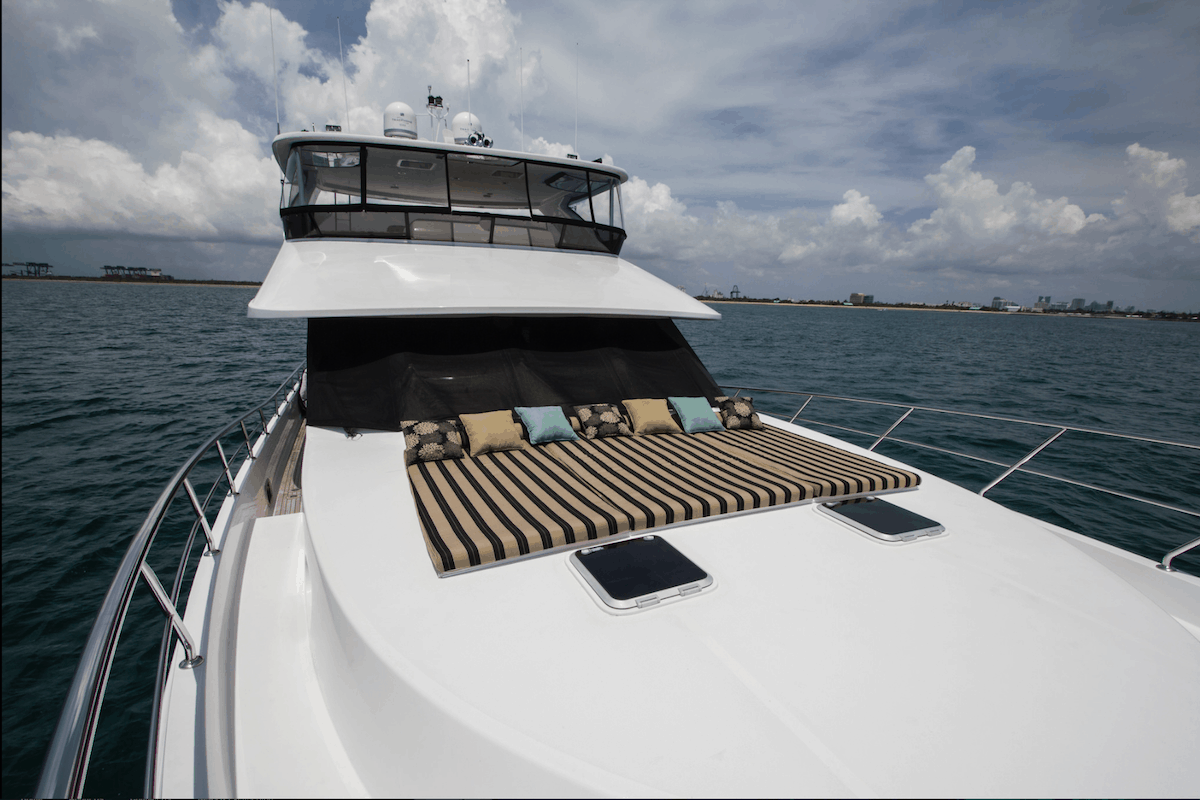They say that the best one (whatever it might be) is the one you have with you, and that couldn’t be truer in the case of some gadgets and devices, including telescopes. If your job requires you to travel often, you might want to consider getting such an optical instrument and look at your favorite celestial objects whenever you’re in a place far from home.
In fact, you have a better chance of spotting deep sights of the universe with a compact and portable telescope than you would with a bigger one that’s simply sitting on your desk in your office or living room.
To help you navigate through the thousands of portable units available out there, we’ve put together a list of tips and tricks. Check them out below.
Focus on the size, but also on the support
From reflectors to refractors and compound or catadioptric telescopes, you ought to know that the lightest and most compact model can be found in accordance with your specific requirements. You don’t have to worry about selecting the unit especially if you know what aperture you are looking for or what other features are deal-breakers or not for you.
However, when it comes to the support, the fact of the matter is that ever telescope should come with a decent one. In actuality, you should be aware of the fact that those tripods you generally use for cameras and other such optical devices aren’t fit to be utilized with your telescope.
The support system has to be sturdy and durable, but it needs to be particularly stable. Every move can ruin your stargazing experience.

You might be looking for a scope
Smaller scopes can keep a beginning astronomer entertained despite their design and size. The temptation to get as big a telescope as your budget allows you to is quite big, especially with those stargazers who have to save money to get just the right model. It’s not a matter of performance, sometimes, it all boils down to convenience.
Most compact scopes have apertures ranging from 70 to 114 millimeters, which means that they can provide quality images of the Moon, its craters, Saturn’s rings, Venus going through phases, as well as Jupiter’s main cloud belts.
On top of everything, many of these models are budget-friendly, which means that you can save some pennies and get a higher-end telescope later on.
How experienced are you?
Another probable mistake that people who are out looking for the perfect portable telescope make are that they think of themselves as semi-experts in terms of astronomy. Needless to say, knowing the planets in our solar system, as well as several other celestial objects in the sky, doesn’t make one an expert in using telescopes. These are two very different things.
If you’re an experienced astronomer, you might not be an experienced telescope user, although the two are often connected or depend on each other.
If this is your first telescope, get the simplest model you can afford, but don’t buy the cheapest because it might not offer you what you are after in terms of aperture and image quality. To find out more about the topic, it might pay off to read a well-researched aperture.







